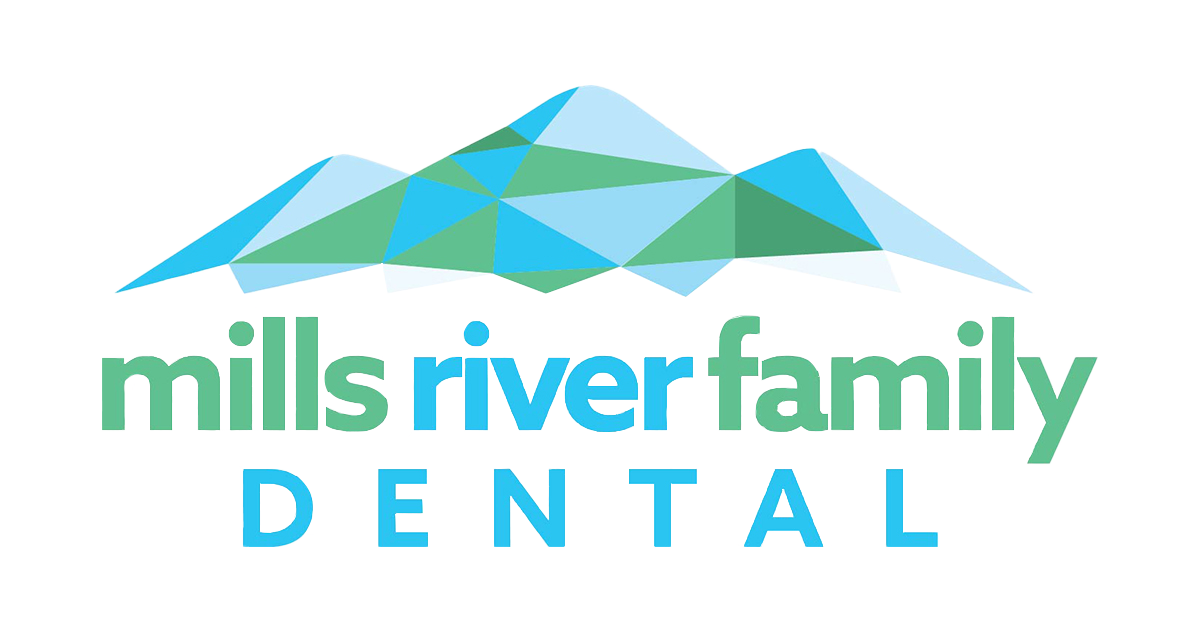Dental plaque is a dental issue that every person on planet Earth deals with. The sticky, colorless to yellowish film forms on your teeth due to the bacteria that everyone has in their mouths and sugar packed foods mixing. Plaque can form on the front or the back of your teeth, which is why brushing your teeth properly is important. If plaque is not properly removed, then it can solidify into tartar which can cause cavities and tooth decay. Continue reading to learn more about plaque and how to remove and prevent it.

What Does Plaque Do To Your Teeth?
Dental plaque starts reforming 4-12 hours after brushing and flossing your teeth, which is why it is so important to brush your teeth twice a day. But what could happen if you did not brush your teeth? Because of the sugar in many modern diets that mixes with the natural bacteria in your mouth, plaque would form if a person did not brush their teeth. This plaque would eventually harden to become tartar.
Tartar and plaque are the root of most dental problems. One of the common problems that dental plaque causes is cavities. Cavities are small holes in your teeth that can lead to further infections and tooth decay. Tooth decay can lead to infections of the jaw or loss of teeth. Plaque can also cause gingivitis or periodontitis which are gum diseases.
How To Identify Dental Plaque
Dental plaque is luckily not difficult to recognize. Indications of dental plaque include bad breath and swollen, tender gums. However, the easiest way to tell if you have plaque is to lick your teeth. This may sound gross, but if your teeth feel a little rough or fuzzy, you likely have plaque or tartar on your teeth. Your teeth may also appear to be yellowing a bit. However, even if you do not notice dental plaque on your teeth, do not worry. If you keep up your scheduled dental appointments, your dentist will recognize when you have plaque, make you aware of it and remove what is there.
How To Remove and Prevent Plaque
Fortunately, because plaque is a common issue, it is also simple to prevent and remove. The best way to remove plaque is to brush your teeth twice a day or after you eat something and to floss daily. Make sure that you use proper flossing and brushing techniques in order to clean every corner of your mouth. Some dentists recommend using electric toothbrushes instead of hand operated toothbrushes because they are more effective at removing plaque. Also consider using a daily swish of mouthwash.
As mentioned earlier, it is also important to keep up with your regular dentists appointments so that plaque build up can be removed. Also, it is important to note that tartar cannot be removed once it has formed and you must go to the dentist in order to get it to come off. Another tip for preventing plaque is to be mindful about what foods you put into your body. Fruits and vegetables are good for your teeth. Try cutting out or minimizing consumption of sugary foods and drinks. Drinking a lot of water is also good for your teeth because it can remove any excess food that gets stuck in between your teeth.
Have More Questions About Dental Plaque?
If you have more questions regarding dental plaque or want to schedule an appointment to get plaque or tartar removed, we can assist you here at Mills River Family Dental. We have several experienced and professional dentists who would be happy to help you get your teeth back in shape. For more information contact us today!

Follow Us